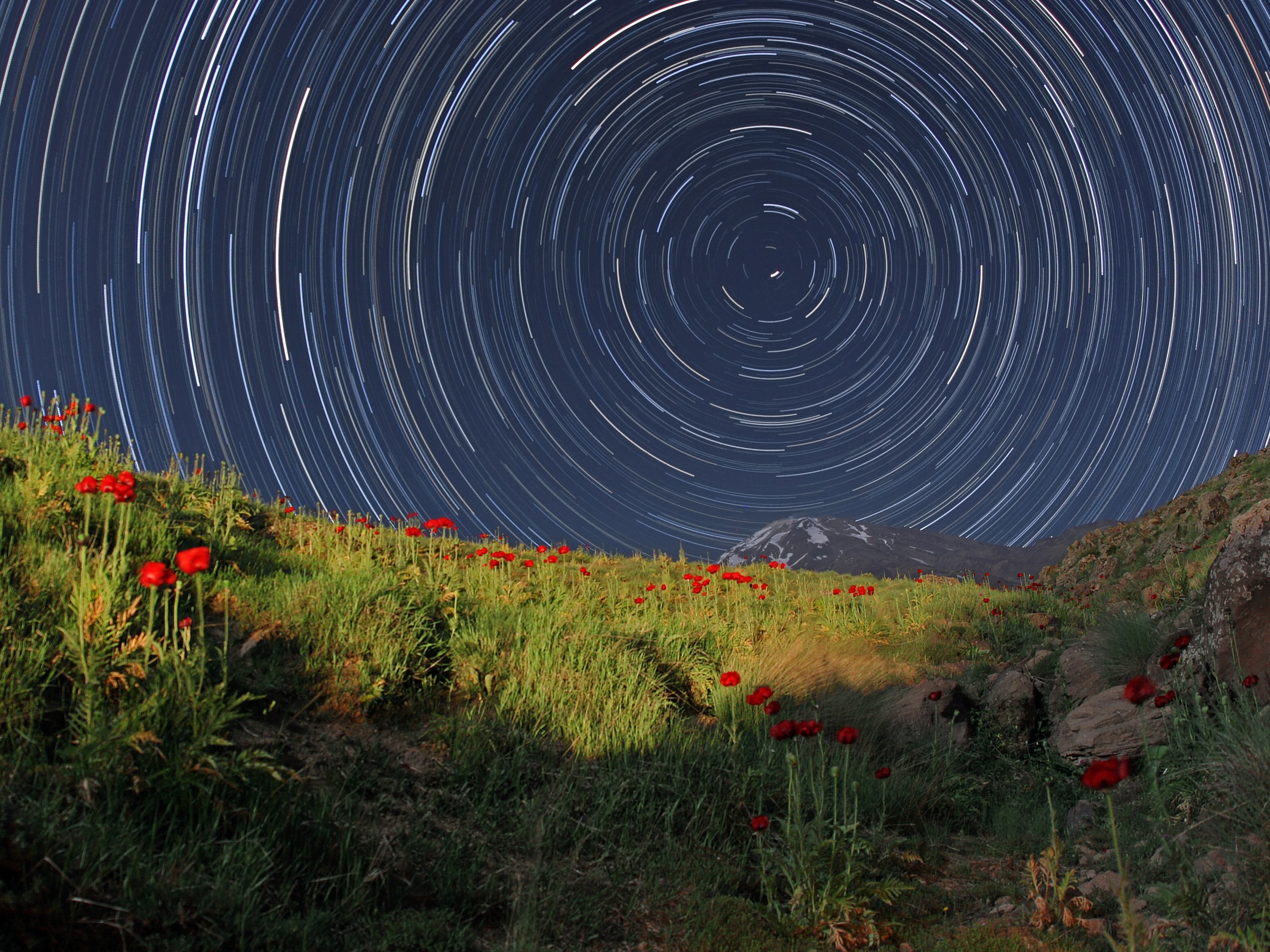
New Record for Coldest Place on Earth, in Antarctica
Scientists measure lowest temperature on Earth via satellites.
If you think this winter is cold, be glad you're not in Antarctica.
Using new satellite data, scientists have measured the most frigid temperature ever recorded on the continent's eastern highlands: about -136°F (-93°C)—colder than dry ice.
The temperature breaks the 30-year-old record of about -128.6°F (-89.2°C), measured by the Vostok weather station in a nearby location. (Related: "South Pole Expeditions Then and Now: How Does Their Food and Gear Compare?")
Although they announced the new record this week, the temperature record was set on August 10, 2010.
Researchers used data spanning 31 years from Advanced Very High Resolution Radiometer (VHRR) instruments on several U.S. National Oceanic and Atmospheric Administration satellites, as well as instruments on NASA's Terra and Aqua satellites and on the Landsat 8 satellite.
The instruments measured the heat radiated from Antarctica's surface. (Related: "Antarctic's Mountains Revealed by Sharpest Map Yet.")
"Not an Outlier Event"
Antarctic regions are always cold, averaging a nippy -127°F (-83°C) and fluctuating only a few degrees up and down. Even the new lowest temperature is par for the course on the continent, where thermometers plunge to similarly low levels a couple of times every winter.
The coldest days are usually the clear, cloudless ones because clouds tend to act as an insulating blanket. But "they happen on many [kinds of] days," said Garrett Campbell of the National Snow and Ice Data Center in Colorado. "It's not an outlier event."
Campbell presented the findings Tuesday at the meeting of the American Geophysical Union in San Francisco. Researchers thought that because colder air is denser, it would sink, sliding down the slopes of the Antarctic highlands and pooling at the bottom.
Instead, they found that most frigid air finds a resting spot over flat areas on the side of hills, where it can continue to cool.
One possible explanation, Campbell said, is that high-pressure air at the bottom pushes uphill, preventing the pocket of cold air from sinking farther. But more research needs to be done to confirm that theory.
One caveat to the new record is that satellites determine the temperature at the Earth's surface, whereas the Vostok station had measured the temperature two meters (6.5 feet) above the surface, where it tends to be slightly warmer.





